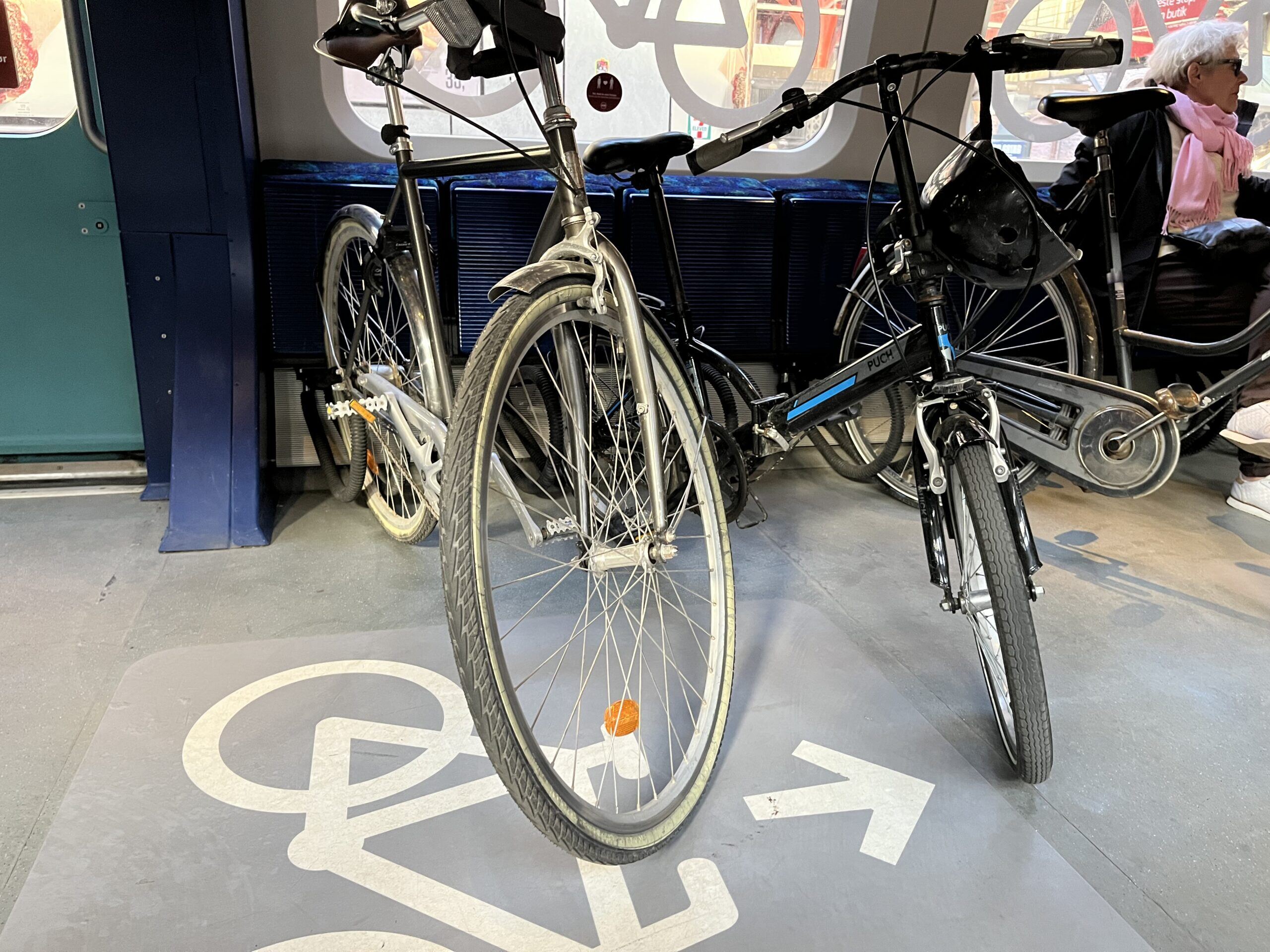Six future trends in public transport in 2025: Our predictions

With a new year underway, we’ve taken some time to consider what trends will impact public transport over the next 12 months and beyond.
As many countries are moving towards greater electrification of vehicles, sustainability trends will increasingly prioritize public and collective transport services.
There will also be a move towards hyper-personalization of the transit experience, similar to the tailored experiences we’ve come to expect online and on social media platforms.
Here are some of our predictions.
Hyper-personalization of experience
Mobility apps will offer a hyper-personalized experience based on users' activities and behaviours. This personalization can come from self-selection, or machine-learned patterns of use. Additionally, incorporating incentives and rewards can enhance gamification, encourage user engagement, and make using mobility apps more compelling.
Hyper-personalization linked to changes in rider behavior can also contribute to developing dynamic fares and fare capping, ultimately leading to an improved user experience.
The role of artificial intelligence (AI)
AI will influence the future of transit. With real-time tracking of data such as transit users' behaviour, vehicle locations, and schedule adherence, predictive analytics will support a range of operational tasks. Travel product development, fare rules, fleet management and route optimization are just some of the areas where artificial intelligence can be used to underpin decision-making. In addition, chatbots and natural language processing will help transport operators to provide always-on customer service channels for every transit user.
Public-private partnerships
Transit innovation will be driven by collaboration between cities/regions, operators and other stakeholders. As public transit agencies face budget constraints, we can expect to see an increase in public-private partnerships. This shift will mean agencies supporting riders but with outside funding. Mobility as a Service (MaaS) platforms will emerge as transformative solutions, largely based on their ability to onboard and collaborate with various transportation operators and partners. It will be essential to prioritize access to public transit for low-income communities.
Sustainability and integration across transport networks
Sustainability trends will increasingly prioritize public and collective transport services. A key focus will be achieving seamless integration across transport networks, including buses, trains, micromobility options, and ride-sharing. This integration aims to enhance riders' accessibility and efficiency. Additionally, there will be a significant shift from car ownership toward access to on-demand vehicles through ride-sharing and car-sharing schemes.
Adoption of Account-Based Ticketing (ABT)
Adopting ABT systems will simplify service access and establish a unified integration layer across various modes of transportation. There is a move towards modular systems that are open to integrations. Different vendors can provide solutions for back, middle, and front offices, allowing for a plug-and-play approach. Without vendor lock-in, operators and authorities can build ticketing ecosystems that are right for today, and adaptable for tomorrow.
Flexible Fares
Transport operators and authorities will offer a wider variety of fare media – such as bank cards, digital wallets and mobile tickets – to give customers flexible ticketing and payment options. Additionally, they will be leaning into the ability to configure flexible fare rules and digitally verified concessions to ensure passengers receive the best value available fares automatically.
Which of these trends are you most excited to see in action?



